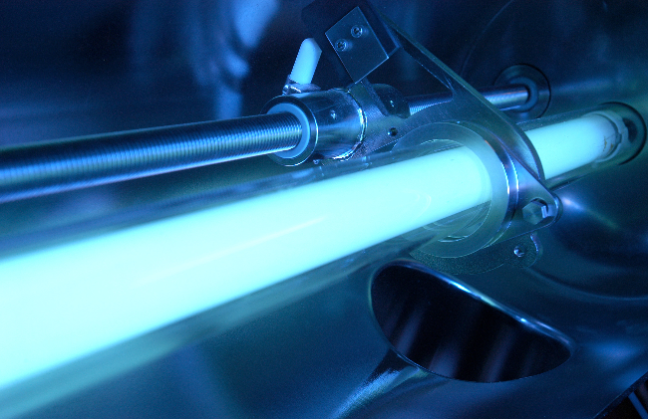TESTING AND DISINFECTION
Testing
The way to test for Legionella will vary based on the type of building and which part of the water system you are interested in. Cooling towers and some hospital water systems have their own sampling locations and schedule as outlined in the CDC and testing protocol enacted regulations specifically for testing drinking water systems and cooling towers in healthcare facilitiesLegionella. The U.S. Centers for Disease Control and Prevention (CDC) recommends routine testing for Legionella in all hospitals in the US that perform bone marrow and organ transplants.
Routine testing in hospitals is required or recommended in New York, Texas, Maryland, Los Angeles County, CA and Allegheny County, PA. Canada has guidelines for monitoring healthcare facilities, and certain provinces in Canada have regulations for monitoring government-owned or leased buildings. Although the American Society of Heating, Refrigeration and Air Conditioning Engineers (ASHRAE) Standard 188 doesn’t specifically address Legionella testing, it does offer basic recommendations for establishing a building water safety plan.
The CDC maintains a list of laboratories that are capable of detecting legionellae by culture for disease investigations. The main purpose for the Environmental Legionella Isolation Techniques Evaluation (ELITE) is a program is to aid in epidemiological investigations, but these labs may also be suitable to perform water testing.A list of proficient laboratories is located on the ELITE program website.

Typical water sampling locations may include:
- Incoming water main (where water enters the facility/ campus/building from the municipality)
- Any well or water tower that supplies water to the facility/campus/building
- Any holding tank or cistern
- The central water heater and expansion tank (if present)
- Hot and cold water returns
- For buildings with water softeners, special filters, and disinfection systems, sample water before and/or after these processes
- Showerheads
- Faucets
- Whirlpool baths or Jacuzzis
Samplers should wear appropriate personal protective equipment (PPE) gloves, and consider an air-purifying respirator equipped using a N95 filter when sampling in small enclosed spaces and when aerosols are generated.It is important to follow OSHA guidelines (29 CFR 1910.134) for the proper respirator training, fit, and medical clearance.
More details on sample collection and monitoring can be found in the guidance document provided by the CDC and national testing laboratories:
- https://www.cdc.gov/Legionella/downloads/cdc-sampling-procedure.pdf)
- http://www.Legionellatesting.com/Legionella-collection.htm
- https://www.ncbi.nlm.nih.gov/pmc/articles/PMC228346/
- http://www.Legionellatesting.com/Legionella-sample-locations.htm

Disinfection
This section provides information on how to disinfect water systems to control Legionella. Disinfection methods should be paired with a water management plan and a regular schedule of water testing to ensure that the system is effective in minimizing the growth of Legionella. It is important that facility managers who are considering installing disinfection technologies use a qualified, competent provider to design and implement the system. Additional water quality requirements may apply, so be sure to check with your state’s drinking water regulatory authority.
The EPA report, titled Technologies for Legionella Control in Building Plumbing Systems: Scientific Literature Review characterizes the effectiveness of different technologies used to control Legionella growth in building plumbing systems. Particularly, it focuses on building plumbing systems of large buildings, such as hotels, hospitals, schools and other buildings with complex plumbing systems.The document summarizes information on several Legionella control technologies, including:
- Risk management approaches (including temperature control)
- Chlorine
- Monochloramine
- Chlorine dioxide
- Copper-silver ionization
- Ultraviolet light
- Ozone
The document also provides information on other control technologies often used for emergency remediation such as superheat-and-flush, shock chlorination and point-of-use filtration.